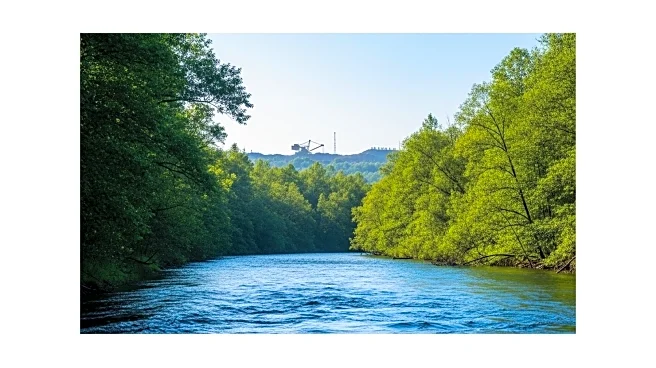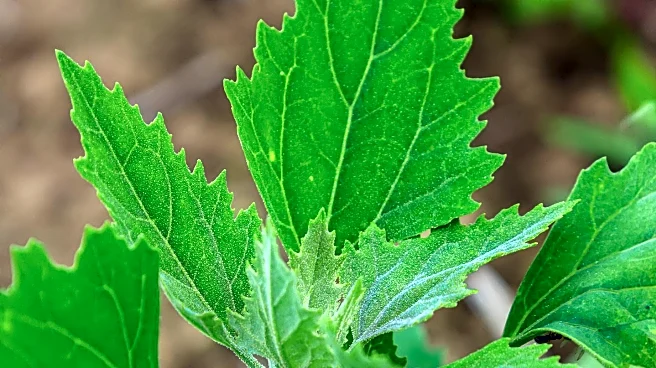What is the story about?
What's Happening?
A proposed lead mine in New South Wales (NSW) has sparked significant concern among local residents, particularly regarding the potential health impacts on children. The Bowdens Silver project, which includes mining for silver, lead, and zinc, is planned near the village of Lue, 26 kilometers east of Mudgee. The project was initially approved in April 2023 but was later overturned by the NSW court of appeal due to unassessed impacts of its transmission line. The government has since amended planning laws, allowing the project to seek a redetermination. Residents, including Lisa Price, express fears about lead exposure, which is known to be highly toxic, especially to children. The World Health Organization states there is no safe level of lead exposure, and studies have shown significant cognitive impacts in children with elevated blood lead levels. The community is worried about lead dust potentially contaminating homes, vineyards, and agricultural lands, affecting both health and local industries.
Why It's Important?
The proposed lead mine poses a significant public health risk, particularly to children, who are more susceptible to lead poisoning. This development could have far-reaching implications for the local economy, which relies heavily on agriculture and tourism. The presence of lead dust could deter visitors and impact the quality of local produce, including wine, which is a major economic driver in the region. Additionally, the controversy highlights broader issues of environmental regulation and community trust in government decisions. The potential health risks and economic consequences underscore the need for stringent environmental assessments and transparent decision-making processes.
What's Next?
The Bowdens Silver project is currently seeking a redetermination of its application following changes in planning laws. The community is actively voicing its concerns, and further public consultations or legal challenges may arise. The NSW Environmental Protection Agency has been involved in monitoring air quality, but residents remain skeptical about the effectiveness of regulatory oversight. The outcome of this project could set a precedent for how similar cases are handled in the future, influencing both policy and public perception of mining activities in sensitive areas.
Beyond the Headlines
The situation raises ethical questions about balancing economic development with public health and environmental protection. It also highlights the potential for long-term impacts on community cohesion and mental health, as residents face uncertainty about their future. The case may prompt a reevaluation of how mining projects are communicated to the public and the role of community input in decision-making processes.
AI Generated Content
Do you find this article useful?















